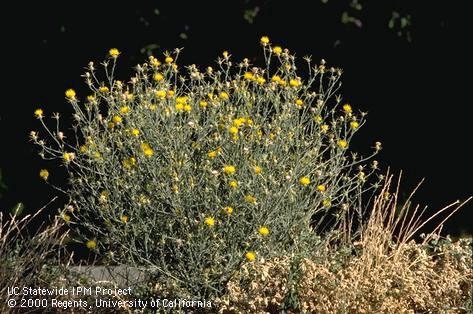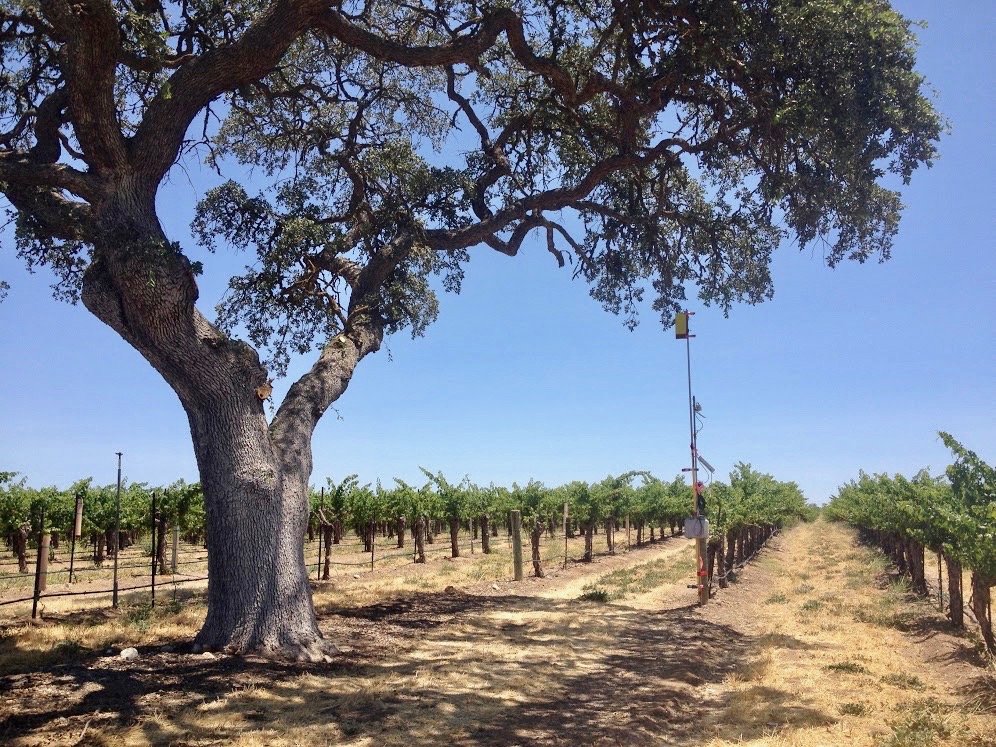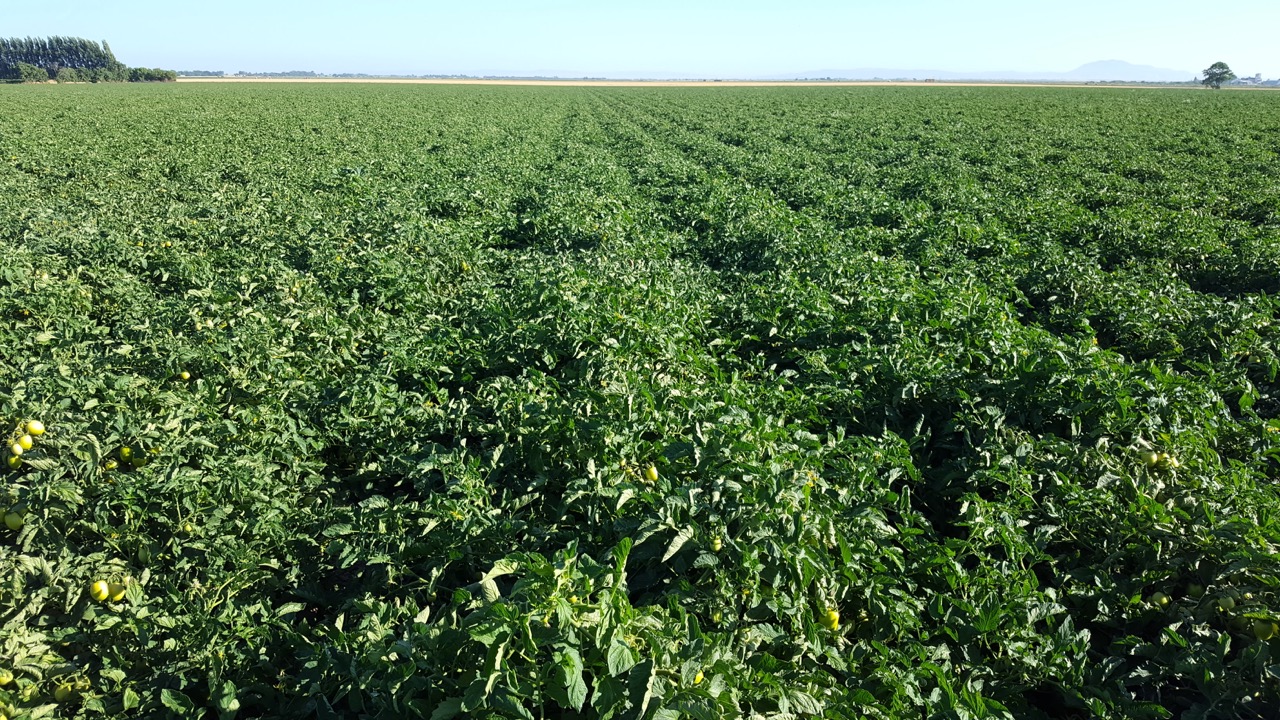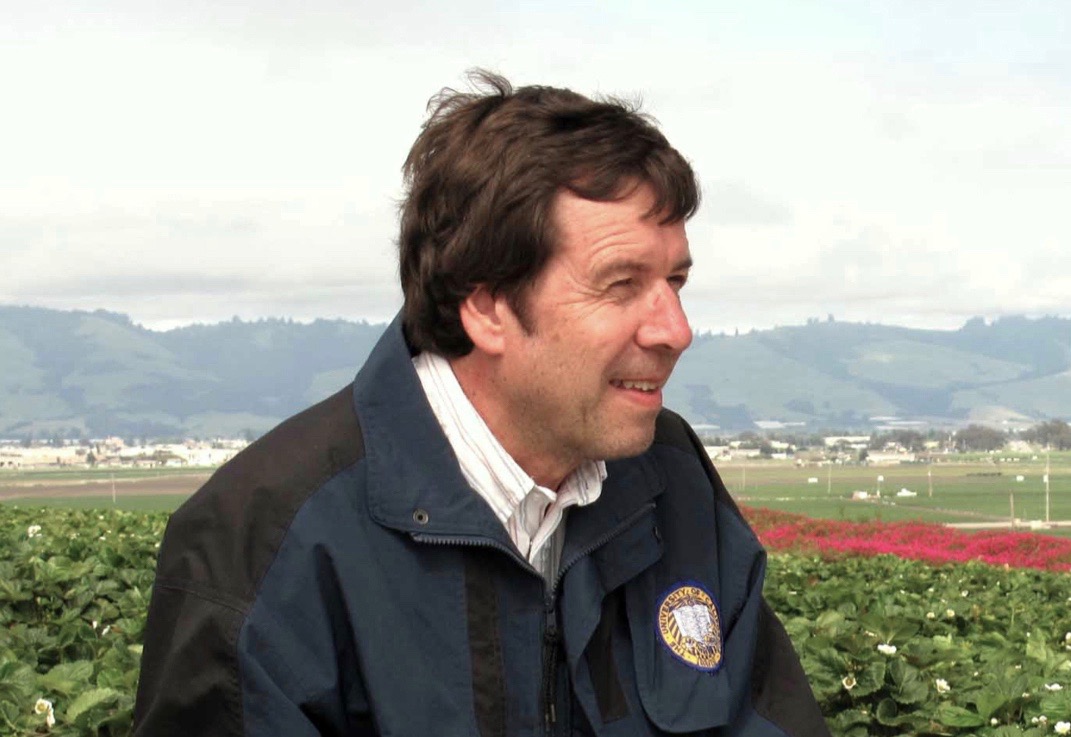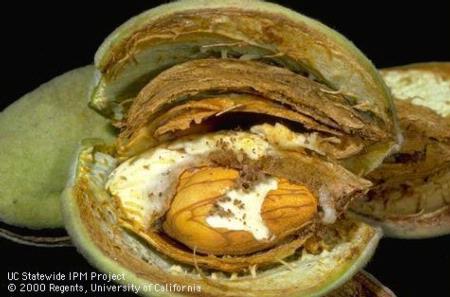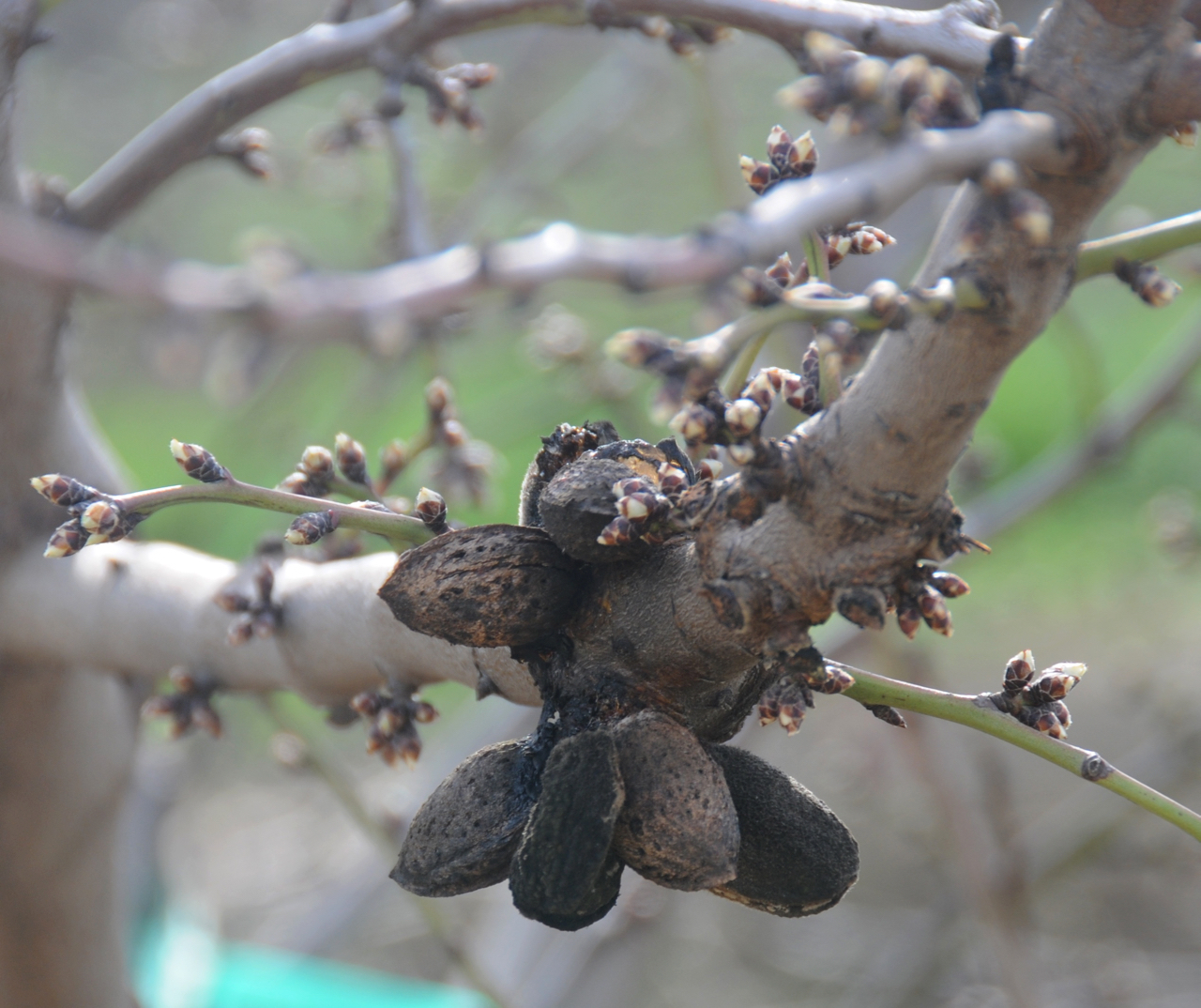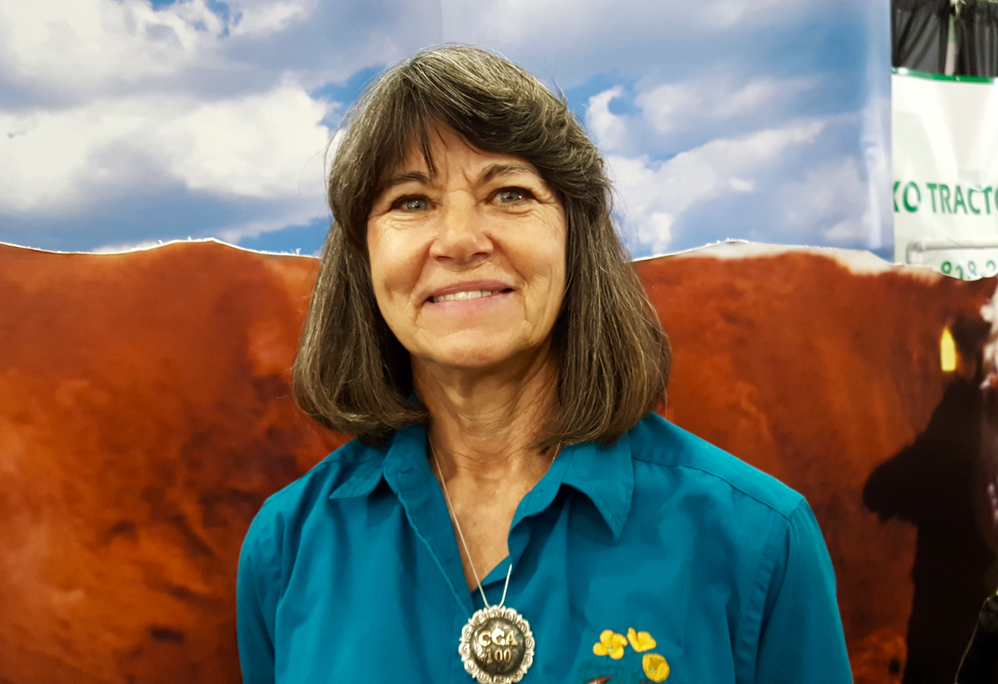Mating Disruption For NOW Works
Trials Show that Mating Disruption Works Well to Offset NOW Damage
By Patrick Cavanaugh, Editor
Mating disruption for navel orangeworm works. David Haviland is a UCANR, farm advisor, Kern County. “We all know navel orangeworm is not a simple pest to control and it takes an integrated pest management approach. We know the base of that sanitation—getting rid of all the mummies in the winter to make sure that we reset the clock when navel orangeworm comes back in the spring,” noted Haviland.
“We know that the earlier you harvest, the better you’re going to be. So early and timely harvest is going to help. We know insecticides helped. They’ve been around a while and they’re effective and, certainly, people are using them,” said Haviland. “At the same time, those three things alone don’t always control the pest to the level you need. And that’s where mating disruption can come in as the other leg on the IPM chair.”
Haviland has tested the mating disruption products. Currently, there are three different groups of products registered. There are the aerosol products that releases pheromone throughout at certain intervals throughout the season. The second group, what we call the Meso emitter, that’s a rubber strip that’s hung in the trees that passively releases the pheromone all year and the third group, which is new, is as a sprayable pheromone. It’s one that you put in the tank and you spray it along with an insecticide or fungicide.
“In 2017 trials the big take-home message this that all three of the aerosol products were effective. They all work well, as does the Meso emitter, so all those work about the same,” noted Haviland.
In 2017/2018 Haviland had larger trials that confirmed their previous results. “The earlier trial showed a 40 to 50% reduction in damage, while the later trial on larger acreage showed a 60 to 70% reduction in damage, which was a positive return on investment to the grower,” he said. In 2018, Haviland conducted the first UC trial on sprayable pheromone products. They did not work very well.


